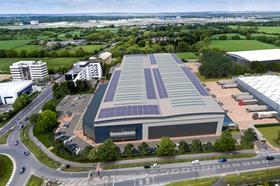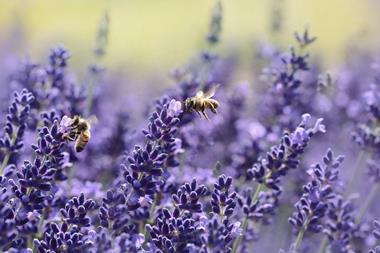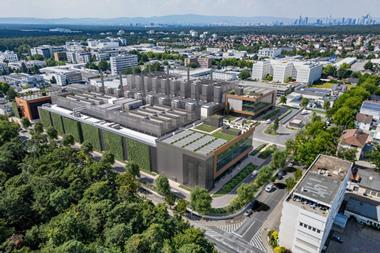Logistics real estate developer Panattoni has partnered with Environment Bank to meet its biodiversity net gain (BNG) requirements for a 200,000sqft project on a 10-acre brownfield site in South East England.
Environment Bank is supplying off-site biodiversity units from its dedicated habitat banks to ensure Panattoni’s project in Crawley complies with BNG regulations, with the units managed and funded for 30 years to deliver long-term biodiversity benefits.
Environment Bank worked with Panattoni during the planning stages of the Panattoni Park Crawley project and demonstrated to the local planning authority how its high-biodiversity units meet the BNG requirements off-site.
The construction of Panattoni Park Crawley is due to be completed by the start of 2025.
Alexa Culver, general counsel at Environment Bank, said: “We worked in close collaboration with Panattoni and Crawley Council on this project and are delighted to be providing BNG solutions that deliver for nature, now and into the future.
“The planning phase of the project began before new BNG regulations came into effect in February 2024 but, because Environment Bank prepared in advance by creating habitat banks across England, we were able to ensure Panattoni could meet its requirements.”
Joshua Butler, senior project manager at Panattoni, said: “As this was one of Panattoni’s first schemes under the new BNG regulations, and local offsetting options are particularly scarce in Crawley, Environment Bank stepped in to help.
“Over the course of 10 months, Environment Bank worked with Panattoni and our consultants to get to a position where the LPA were happy for us to proceed with the development. It was hard, but with support from Environment Bank, we got there.”
Sophie Moy, associate ecologist at Environment Bank said: “Through our Blackboys habitat bank, we are transforming the existing sheep-grazed pasture fields into a mosaic of species-rich grassland, lowland meadows, mixed scrub, woodland, and ponds.

“We’re excited to see the space thrive over the years – with a growing number of key species building in abundance, such as bullfinches, hedgehogs, hazel dormice, serotine bats, and great crested newts. Members of the community can enjoy the site too, visiting via its multiple public footpaths.”
Environment Bank, which is backed by Gresham House’s British Sustainable Infrastructure Fund with a £240m (€285.4m) commitment, helps developers meet their BNG requirements by providing biodiversity units from its dedicated BNG habitat banks.
To read the latest IPE Real Assets magazine click here.























